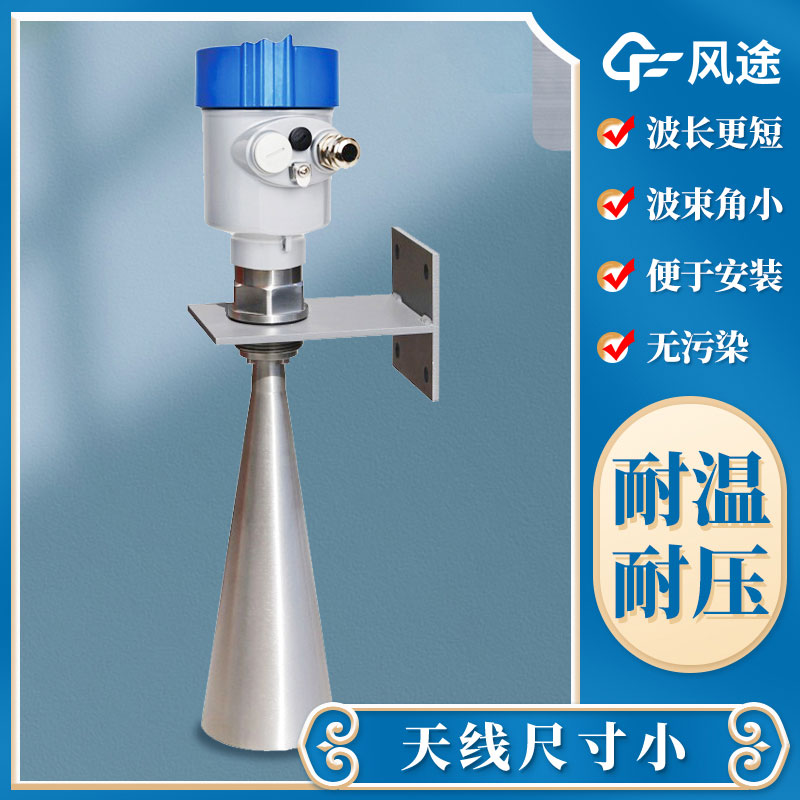Shandong Fengtu IOT Technology Co., Ltd
Sales Manager:Ms. Emily Wang
Cel,Whatsapp,Wechat:+86 15898932201
Email:info@fengtutec.com
Add:No. 155 Optoelectronic Industry Accelerator, Gaoxin District, Weifang, Shandong, China

Sales Manager:Ms. Emily Wang
Cel,Whatsapp,Wechat:+86 15898932201
Email:info@fengtutec.com
Add:No. 155 Optoelectronic Industry Accelerator, Gaoxin District, Weifang, Shandong, China
time:2023-09-07 17:17:57 source:Weather Station viewed:1064 time
What is the difference between ultrasonic level meter and radar level meter? Many people are puzzled by this, today I will explain the difference between the two.
Ultrasonic level meter mainly through ultrasonic waves to determine the height of the liquid medium position, and radar level meter through the radar judgment, which is the biggest difference between the two. The specific distinction is this:
Ultrasonic level meter in the work, the sensor sends out ultrasonic waves, ultrasonic waves through the liquid level surface will be reflected, and then be received by the sensor and converted into an electrical signal, the use of the launch, the reception of time according to the formula can be calculated from the distance, which belongs to the non-contact measurement, because the instrument will not touch the medium almost, so the ultrasonic level meter will not be affected by the measurement medium.
Radar level meter sends radar signals, because radar waves run at the speed of light, and the time of operation through the device can be converted into position signals, from which the liquid level height. This also belongs to the non-contact measurement, suitable for liquid, slurry, granular material and other media measurement.

Soil moisture monitoring and forecasting is particularly important in the current context of water stress, as it helps to conserve water, improve water use efficiency, and rationalize the use of water resources.Soil moisture monitoring and forecasting allows people to grasp the soil moisture status...
Soil erosion refers to the process in which soil minerals, organic matter, and substances dissolved in water are dispersed, transported, and deposited under the action of water, wind, gravity, and human factors. Its hazards are multifaceted. On the one hand, it leads to a decline in soil fertility,...
The role of road weather monitoring system in highway construction is very important, and it is a new type of automatic weather station established on the basis of road weather service. It can not only realize real-time observation of road weather conditions and driving environment, but also provide...
Small automatic weather observation station, referred to as "small weather station", its main work is to collect, organize and process weather data on an automatic basis. With the rapid socio-economic development of China and the improvement of people's quality of life requirements, mo...